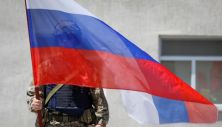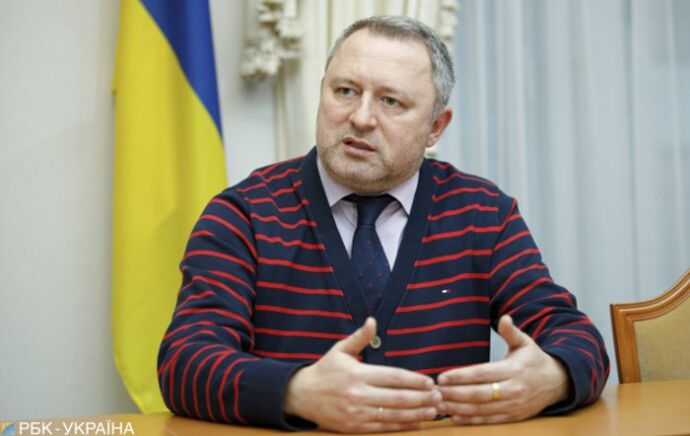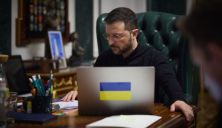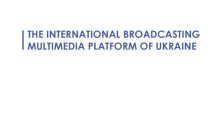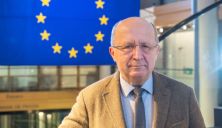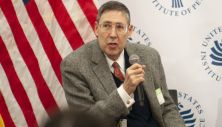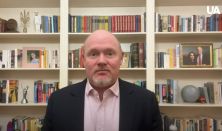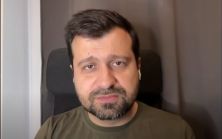Andriy Kostin, acting First Deputy Head of the Ukrainian Delegation to Trilateral Contact Group, voiced Ukraine’s fundamental positions on reaching peace in Donbas, Minsk agreements implementation, and humanitarian issues. Find out the full text of the interview on RBC (in Ukrainian).
For us, the key thing for the Minsk agreements is that Russia must completely withdraw from the territory of the Donetsk and Luhansk regions, and after it, Ukraine will establish a peaceful life there.
Our talks in Paris showed that the Russian Federation comprehends that it cannot just withdraw from the Normandy format, it cannot simply ignore it.
Ukraine insists on the priority solution of humanitarian issues. First of all, the unconditional prisoners’ exchange in “all for all” format. On our part, we have made all the possible preparations. Since the spring of 2020, we have been constantly submitting updated and revised lists for exchange.
Unfortunately, so far the OSCE has not been able to provide the needed level of monitoring and verification that would effectively prevent violations of the ceasefire and clearly establish who opened fire first.
The most complex and most controversial provisions of the Minsk agreements can be adjusted. In my opinion, it could be done at the level of the Normandy Format only, perhaps at the leaders’ level of the Normandy Quartet. This will be quite difficult to do at the Minsk Trilateral Contact Group level.
Trilateral Contact Group (TCG) on Ukraine was created in May 2014 to facilitate a diplomatic resolution to the war in Eastern Ukraine. It includes several subgroups – humanitarian, economic, political, etc. Ukraine, Russia, and OSCE are the official parties of the TCG in Minsk.
Related news: 93,902 truce violations observed in Donbas over 2021, – OSCE report
Here is a brief look at the peace agreements, signed in Minsk in 2014 and 2015.
MINSK I
After a few months of ferocious battles, which took over 2,600 lives, in September 2014, representatives of Ukraine and Donbas militants met in the Belarus capital and agreed on a 12-point truce deal. Its included prisoner exchanges, deliveries of humanitarian aid, and the withdrawal of heavy weapons. The agreement quickly broke down.
MINSK II
In February 2015, representatives of Russia, Ukraine, the Organisation for Security and Cooperation in Europe (OSCE), and the leaders of Russian-backed militants signed a 13-point agreement in February 2015. Francois Hollande (French president), Angela Merkel (German chancellor), Vladimir Putin (Russia president), and Petro Poroshenko (Ukraine’s president) simultaneously gathered there and issued a declaration of support for the deal. Among the key issues of the Minsk peace are a ceasefire, weapons withdrawal, pardoning, and amnesty for people involved in the fighting (some Ukraine’s forces believe this point to be a “red line” that cannot be crossed by Ukraine’s government), restoring full control of the state border by the government of Ukraine, constitutional reform in Ukraine including the specific status of Donetsk and Luhansk, as well as holding elections on the occupied territories. Kyiv, Moscow, and the unrecognized republics cannot agree on the order of implementation of the Minsk peace deal, which constitutes a stumbling block on the road to peace. Ukraine insists on restoring full control of the state border first, while Kremlin states that elections should be first.
Related news: Blinken: Ukraine implementing Minsk deal, Russia failing to do its part
